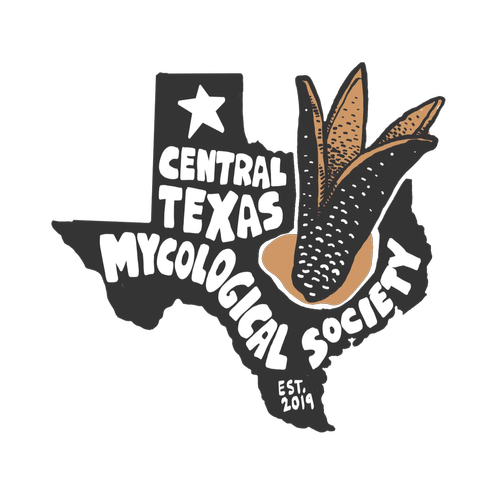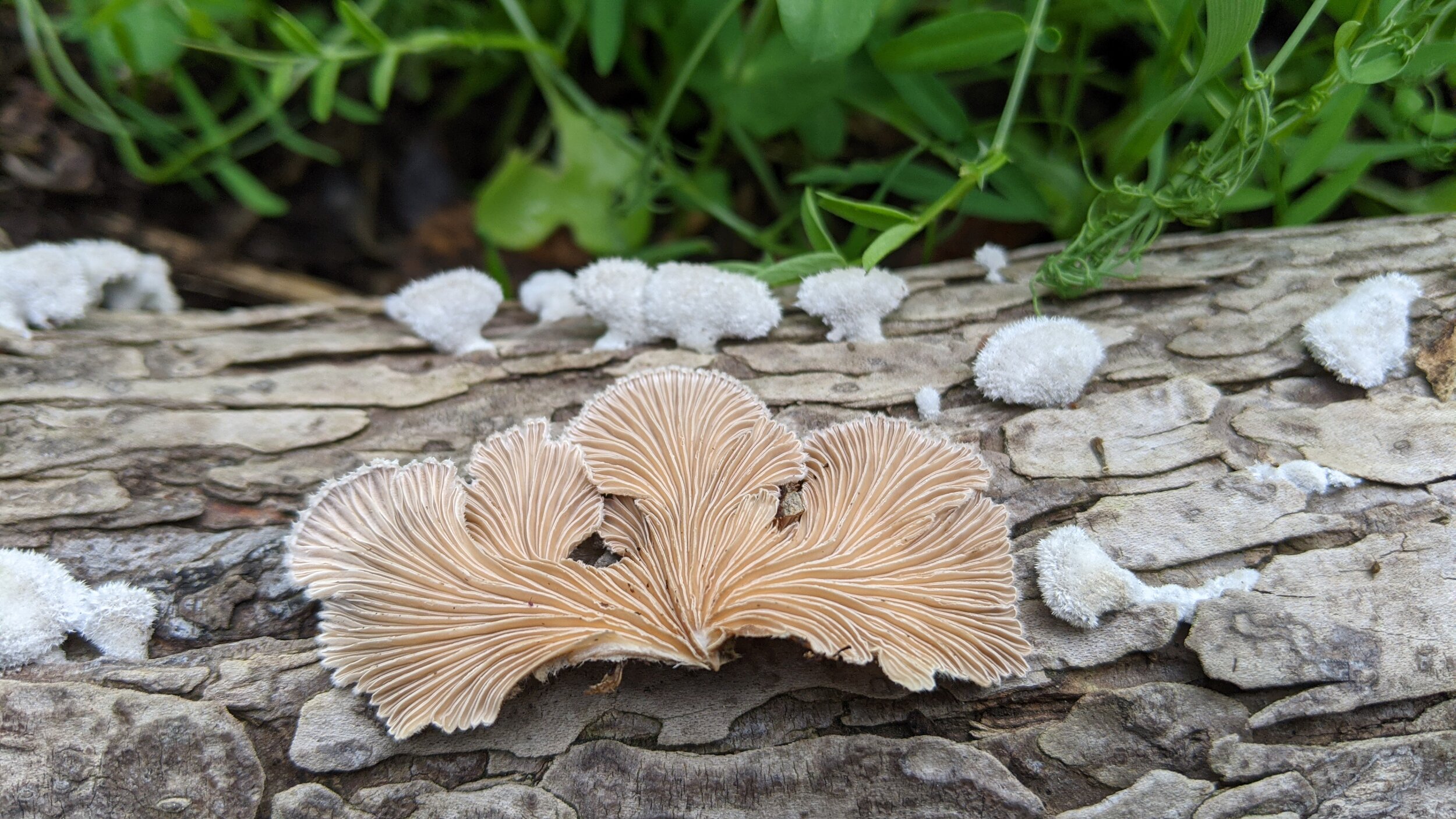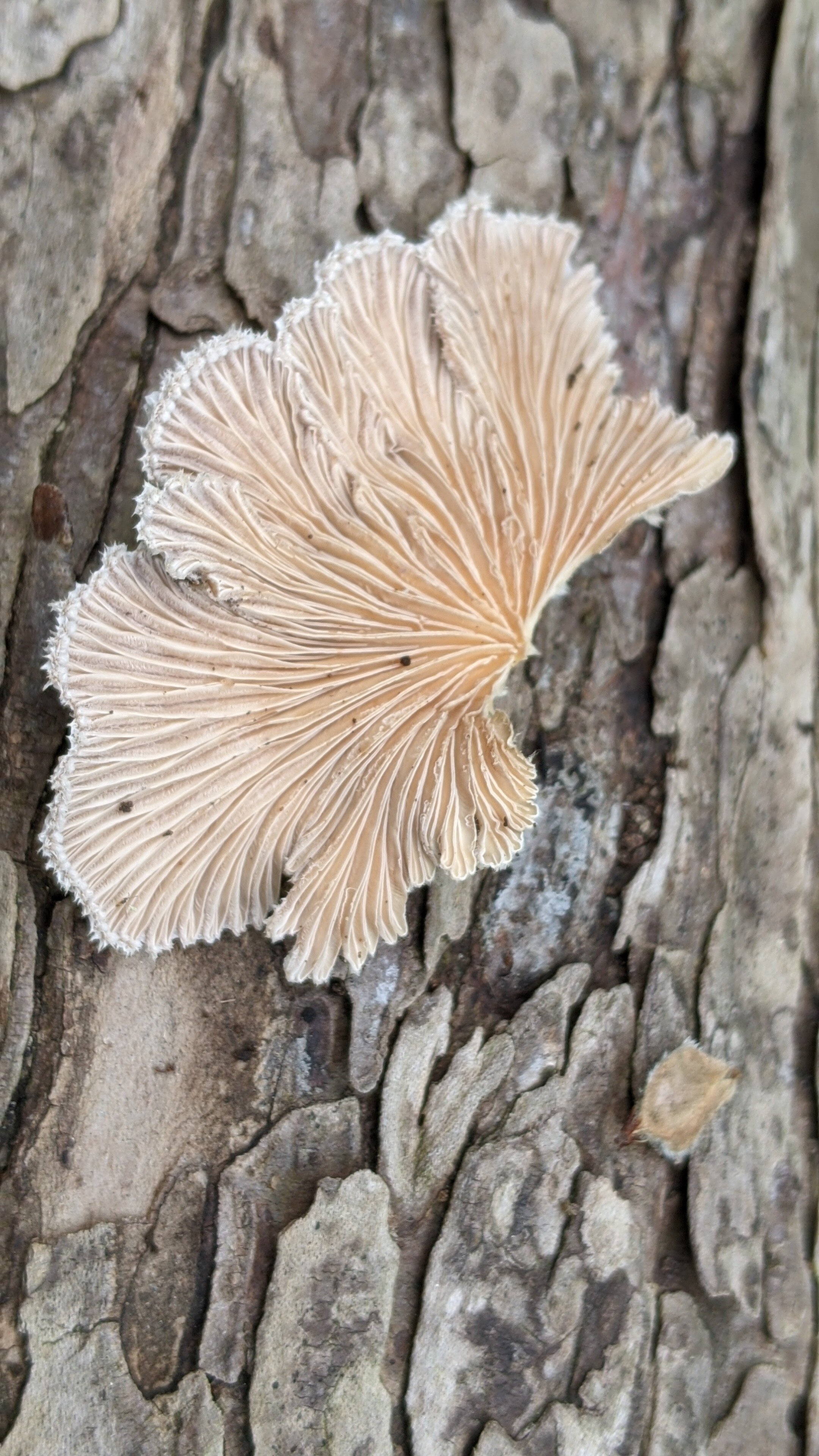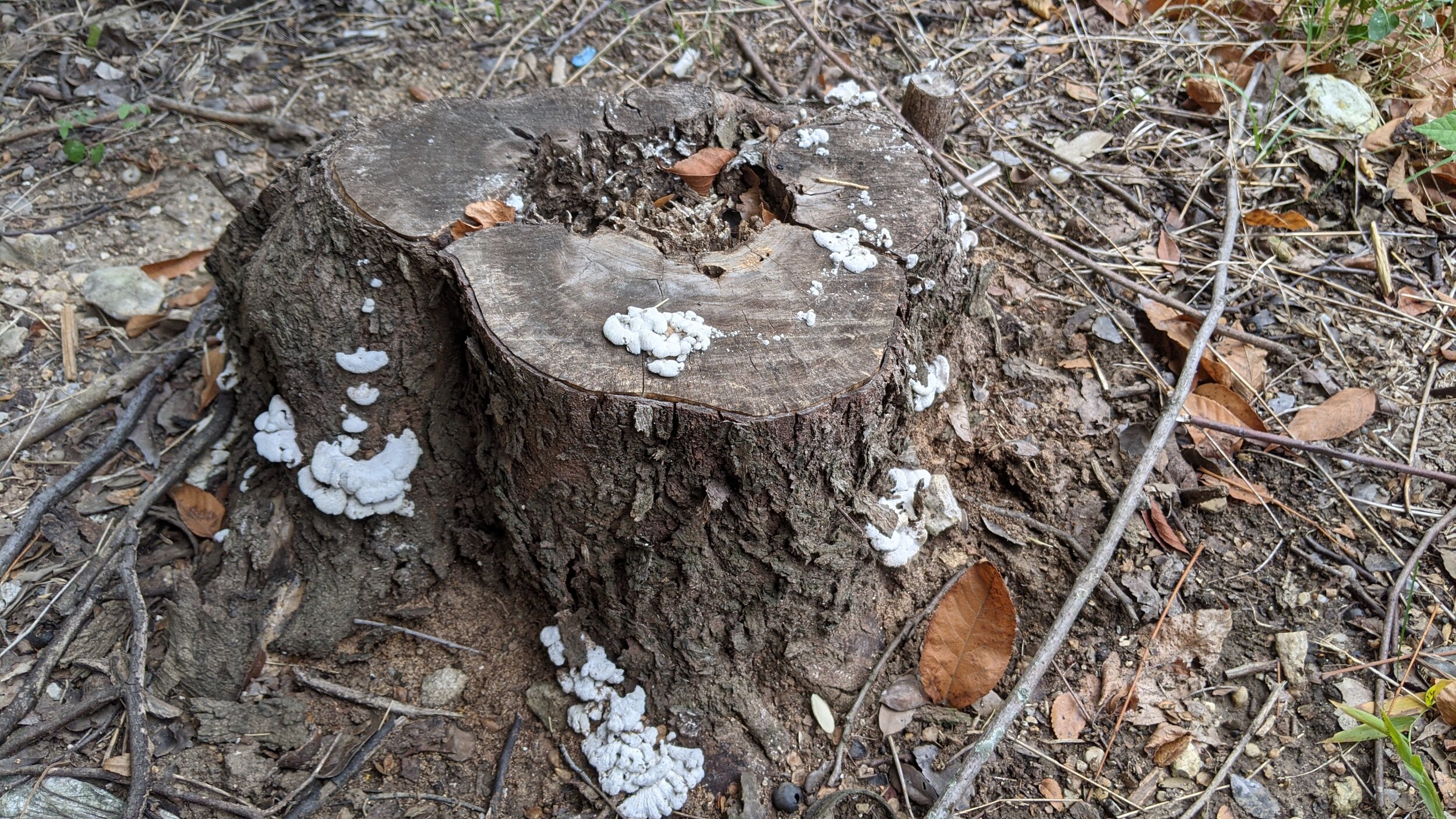The Split Gill Mushroom, Schizophyllum commune was one of the beautiful mushrooms we spotted on the foray to kick-off the Zilker Mushroom Project this past weekend. It is super common and can be found decomposing logs and stumps. It can even dehydrate and rehydrate. The real show are the split gills on the underside of the mushroom.
One of the most interesting things about S. commune is its system of sexual reproduction. Split Gill has acquired some genetic changes that give it a total of over 28,000 distinct sexes.
Don't get too close and sniff this mushroom tho. This fungi can colonize within human bodies!
Over the past several decades, numerous reports of infection caused by the Split Gill fungus have been reported in the medical literature. The most recent case study from an outpatient center involved a 25-year-old woman whose left foot showed symptoms of rashes, nodule formation, lesions, and pain. A skin biopsy was performed, and the isolated hyphae (fungal strands) were cultured for 7 days. DNA sequencing confirmed the culprit: the Split Gill fungus — Schizophyllum commune. (BMC Infectious Diseases, 2018.)
Since 1950, close to 100 cases of Schizophyllum-induced clinical disease have been reported in the literature. Illnesses include: sinusitis, allergic bronchopulmonary mycosis, bronchial mucoid impaction, pulmonary fungal ball, Schizophyllum asthma, pulmonary infiltrate with eosinophilia, chronic eosinophilic pneumonia, honeycomb lung, bronchogenic cysts, pulmonary nodules, and other pulmonary mycoses.
As you can see, the majority of infections target the lungs. Inhalation of spores seems to be a likely cause.
Despite all this, the Split Gill mushroom is used as a food, medicine, and tool for bioremediation around the world. This mushroom isn't commonly consumed in the US but in places like Mexico and elsewhere in the tropics. In Northeast India, in the state Manipur it is known as kanglayen and one of the favourite ingredients for Manipuri-style pancakes called paaknam. In Mizoram, the local name is pasi (pa means mushroom, si means tiny) and it is one of the highest rated edible mushrooms among the Mizo community.





